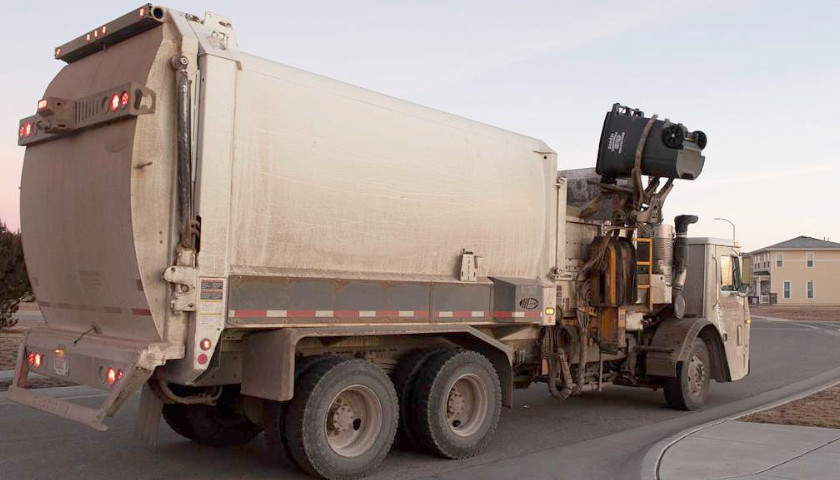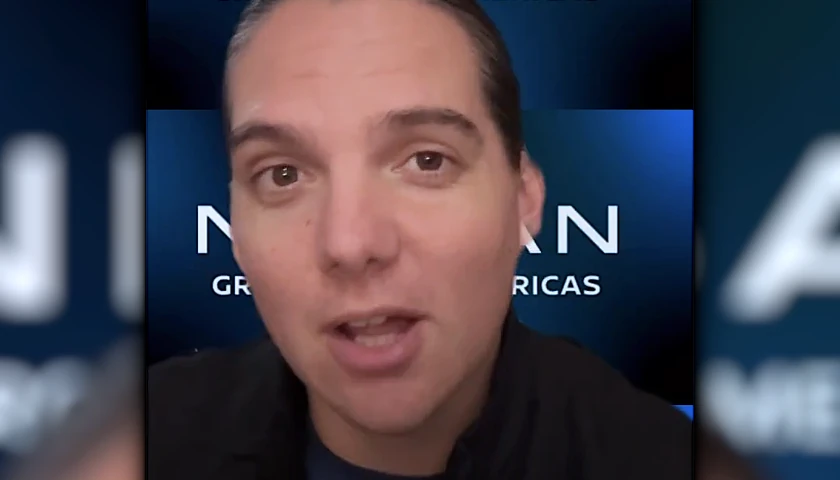by Nick Pope
The Environmental Protection Agency (EPA) finalized aggressive emissions standards Friday for heavy-duty vehicles that will effectively require huge increases in the numbers of electric or zero-emission buses and trucks sold over the next decade.
The agency is projecting that the heavy-duty vehicle emissions standards for model years 2027 to 2032 could result in zero-emission or electric vehicles (EVs) making up 25% of new long-haul trucks sold and 40% of all new medium-sized truck sales by 2032, according to The New York Times. The EPA’s final emissions standards for heavy-duty vehicles complements the agency’s recent release of the final tailpipe emissions standards for light- and medium-duty vehicles that has been characterized as an “EV mandate.”
Currently, electric trucks can cost up to three times as much as diesel-powered models, and the size of their batteries reduces the amount of freight that a truck can haul, according to the Times. Electric trucks also need to use very strong chargers, which in turn could require upgrades to the power grid to handle recharging numerous trucks at the same time; there are currently about 5,000 electric truck chargers in the U.S. today, and about one million will be needed to keep up with the EPA’s regulation.
 In addition to buses and trucks, the regulation applies to vehicles like ambulances, garbage trucks and cement mixers, according to The Times. While environmentalist organizations applauded the rule, several trucking industry trade associations — including the American trucking Associations (ATA) — have sharply criticized it for imposing unrealistic compliance timelines that threaten to damage the American economy.
In addition to buses and trucks, the regulation applies to vehicles like ambulances, garbage trucks and cement mixers, according to The Times. While environmentalist organizations applauded the rule, several trucking industry trade associations — including the American trucking Associations (ATA) — have sharply criticized it for imposing unrealistic compliance timelines that threaten to damage the American economy.
Electric trucks could mean higher costs for deliverieshttps://t.co/W8o9RFhrbN
— Daily Caller (@DailyCaller) September 9, 2023
“ATA opposes this rule in its current form because the post-2030 targets remain entirely unachievable given the current state of zero-emission technology, the lack of charging infrastructure and restrictions on the power grid,” ATA President and CEO Chris Spear said in a statement. “Given the wide range of operations required of our industry to keep the economy running, a successful emission regulation must be technology neutral and cannot be one-size-fits-all. Any regulation that fails to account for the operational realities of trucking will set the industry and America’s supply chain up for failure.”
The ATA expressed concerns that the regulation will disrupt supply chains and how freight moves across the U.S. to the detriment of consumers. The trade group also suggested that the technologies which the EPA is counting on to replace diesel fuel — namely batteries and hydrogen power — are still “unproven.”
Currently, the share of all heavy-duty trucks sold in the U.S. that are EVs or fueled by zero-emission power was approximately 2%, according to the Times. The Biden administration recently released a report detailing its plans to build out a national EV charging network for trucking along America’s major commercial roadways in the coming years; the administration’s efforts to subsidize a national charging network for passenger EVs has rolled out slowly.
“This administration appears more focused on placating extreme environmental activists who have never been inside a truck than the small-business truckers who ensure that Americans have food in their grocery stores and clothes on their backs,” Todd Spencer, president of the Owner-Operator Independent Drivers Association, said in a statement addressing the EPA’s final rule.
The Biden EPA has now issued stringent tailpipe standards for light-, medium- and heavy-duty vehicles. The agency’s rules for light- and medium-duty vehicles will effectively require manufacturers to ensure that up to two-thirds of all new vehicles they sell by 2032.
Neither the EPA nor the White House responded immediately to requests for comment.
– – –
Nick Pope is a reporter at Daily Caller News Foundation.








